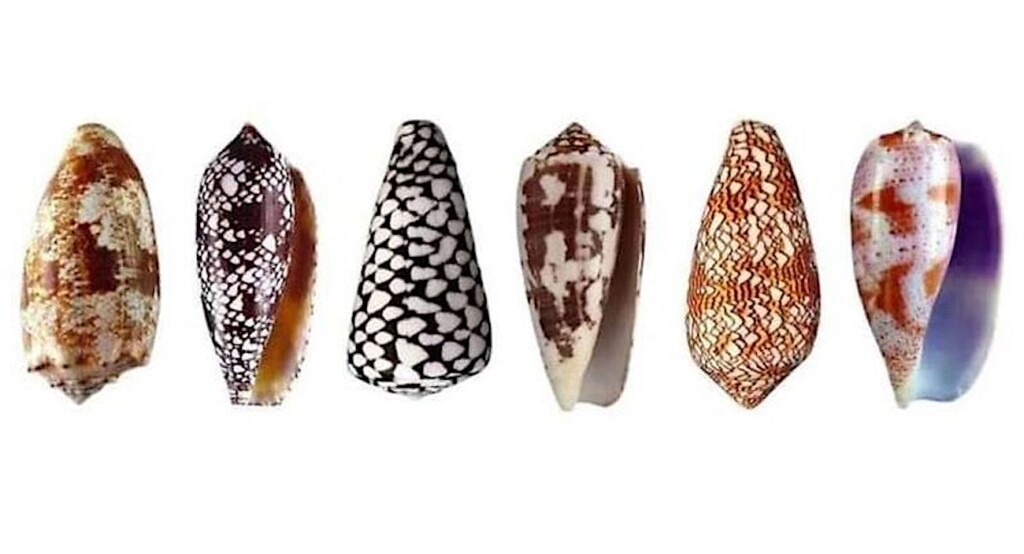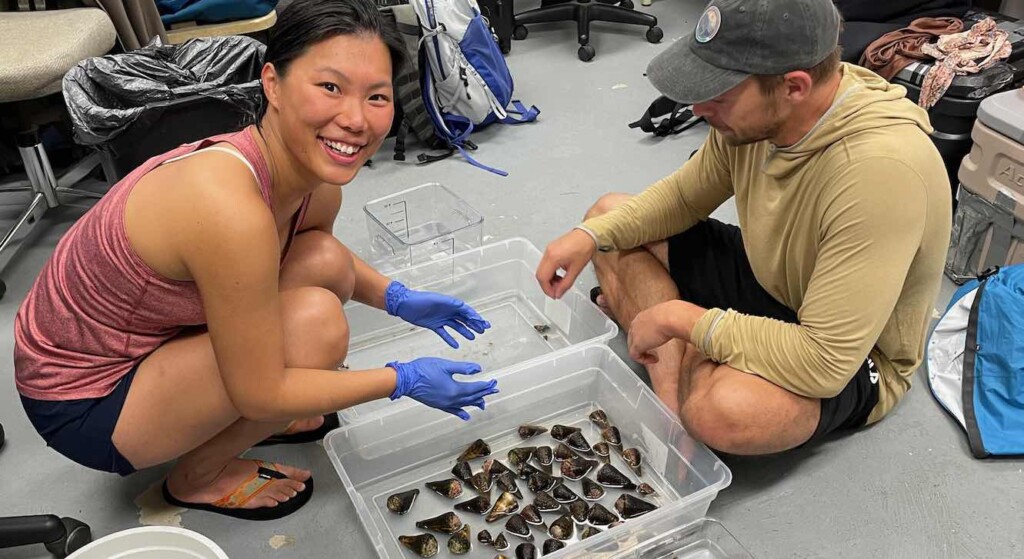
Deadly poison from cone snails could be a newfound key to making better drugs to treat diabetes, according to a new study.
The toxin, from one of the most venomous creatures on the planet, may also lead to new medicines for additional conditions caused by hormone disorders, said the researchers.
They identified a component within the venom from the Conus geographus that mimics a human hormone called somatostatin—which regulates the levels of blood sugar and several other hormones in the human body.
The team, led by scientists from the University of Utah in the United States, said the somatostatin-like toxin helps the snail hunt its prey. In humans, somatostatin acts like a brake pedal for many processes in the body, preventing levels of blood sugar, several hormones, and many other important molecules from rising dangerously high.
The cone snail toxin, called consomatin, works similarly—but consomatin is more stable and specific than the human hormone, which makes it a “promising” blueprint for drug design, according to the results published in the journal Nature Communications.
By measuring how consomatin interacts with somatostatin’s targets in human cells in a dish, the researchers discovered that consomatin interacts with one of the same proteins that somatostatin does.
Importantly, though, while somatostatin directly interacts with several proteins, consomatin only interacts with one. Such a fine-tuned targeting means that the cone snail toxin affects hormone-determined blood sugar levels, but not the levels of several other molecules.
They concluded that the cone snail toxin was more precisely targeted than the most specific synthetic drugs designed to regulate hormone levels, such as drugs that regulate growth hormone.
Although the snail toxin may be dangerous to use as a therapeutic, the study of its structure could lead to the design of safe drugs for endocrine disorders.

Consomatin lasts far longer in the body than the human hormone, due to the inclusion of an unusual amino acid that makes it difficult to break down. Studying that feature would be useful to pharmaceutical researchers looking to make drugs that will have long-lasting benefits.
Senior author Professor Helena Safavi, of the University of Utah says the toxin’s precision can be “extraordinarily useful” when treating disease.
“Venomous animals have, through evolution, fine-tuned venom components to hit a particular target in the prey and disrupt it. If you take one individual component out of the venom mixture and look at how it disrupts normal physiology, that pathway is often really relevant in disease.”
She described it as “a bit of a shortcut” for medicinal chemists because consomatin shares an evolutionary lineage with somatostatin, but over millions of years of evolution, the cone snail turned its own hormone into a weapon.
MORE DIABETES GOOD NEWS: Diabetes-Reversing Drug Boosts Insulin-Producing Cells by 700%
Consomatin’s deadly effects hinge on its ability to prevent blood sugar levels from rising. It lowers the level of blood sugar so quickly that the cone snail’s prey becomes non-responsive. Then, its second component keeps blood sugar levels from recovering.
“We think the cone snail developed this highly selective toxin to work together with the insulin-like toxin to bring down blood glucose to a really low level,” said Dr. Ho Yan Yeung of the University of Utah, the study’s lead author.
She explained that the fact that several parts of the cone snail’s venom target blood sugar regulation hints that it could include many other molecules that do similar things.
“It means that there might not only be insulin and somatostatin-like toxins in the venom,” said Dr. Yeung. “There could potentially be other toxins that have glucose-regulating properties too.”
It may seem surprising that a snail is able to outperform the best human chemists in its drug design, but Prof. Safavi says that the cone snails have evolutionary time on their side.
“We’ve been trying to do medicinal chemistry and drug development for a few hundred years, sometimes badly.”
RECYCLING OYSTER SHELLS: Restaurants Find Companies to Take Their Spent Oyster Shells to Restore Oyster Reefs
“Cone snails have had a lot of time to do it really well—and they are just really good chemists.”
SEND THIS COOL DISCOVERY To Seashell-Loving Friends On Social Media…




















